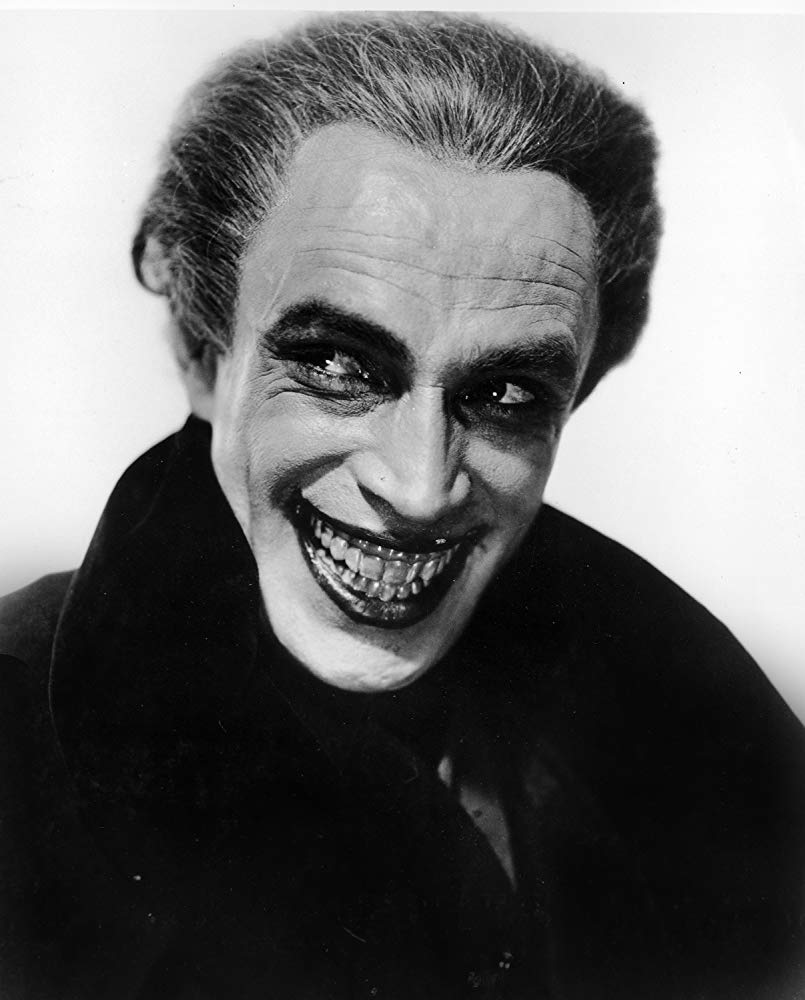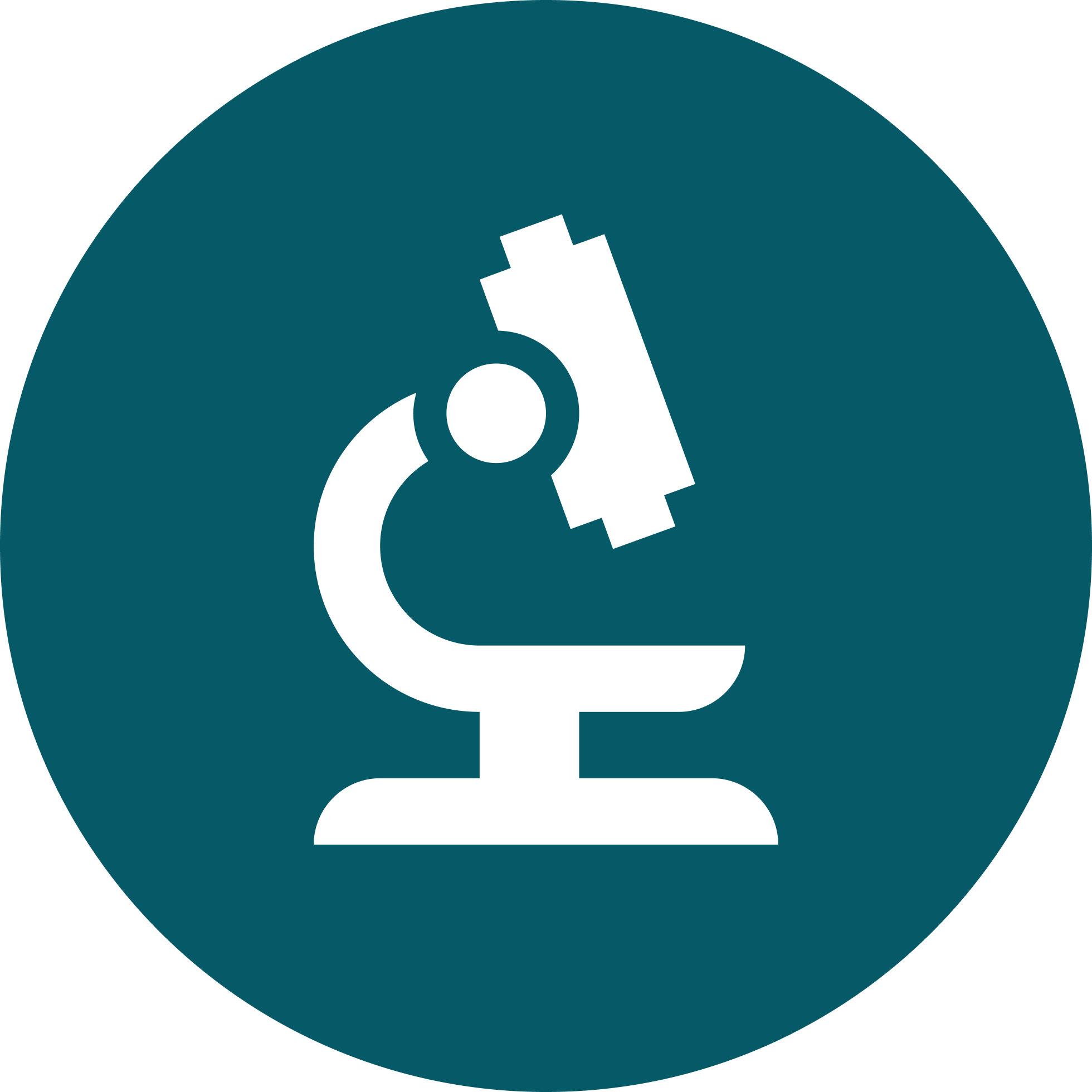Andisearch Writeup
The Greenberger-Horne-Zeilinger (GHZ) paradox demonstrates a stark contradiction between quantum mechanics and local realism through an “all-versus-nothing” test of quantum nonlocality[1]. First proposed in 1989 by Daniel Greenberger, Michael Horne, and Anton Zeilinger for four particles, the paradox was refined to three particles in 1990 with input from Abner Shimony[1:1].
The paradox centers on the GHZ state, a highly entangled quantum state of three or more qubits, typically written as:
|GHZ⟩ = (|000⟩ + |111⟩)/√2
For three photons, this represents a superposition where all photons are either horizontally polarized (HHH) or vertically polarized (VVV)[1:2].
The key elements that create the paradox are:
- Perfect correlations between measurements on separated particles
- EPR’s definition of “elements of reality”
- The assumption of local realism
The contradiction emerges through a set of four quantum mechanical predictions[1:3]:
Y₁Y₂X₃|GHZ⟩ = +|GHZ⟩
Y₁X₂Y₃|GHZ⟩ = +|GHZ⟩
X₁Y₂Y₃|GHZ⟩ = +|GHZ⟩
X₁X₂X₃|GHZ⟩ = -|GHZ⟩
These predictions are incompatible with any local hidden variable theory, where measurements must have definite classical values. The mathematical contradiction appears because in quantum mechanics:
Y₁Y₂X₃ · Y₁X₂Y₃ · X₁Y₂Y₃ · X₁X₂X₃ = -1
While in local hidden variable theories, this product must equal +1[1:4].
Recent developments have expanded the GHZ paradox beyond its original formulation:
- Multi-setting versions allow observers to measure more than two observables[2]
- Extensions to higher-dimensional quantum systems (qudits) have been developed[3]
- Applications in quantum communication, cryptography, and secret sharing protocols have emerged[1:5]
The first experimental observation of GHZ correlations was achieved by Anton Zeilinger’s group in 1998, work that contributed to his share of the 2022 Nobel Prize in Physics[1:6].
(😐 I think that the percentage of quantum physicists who require high doses of medication is especially high.)

